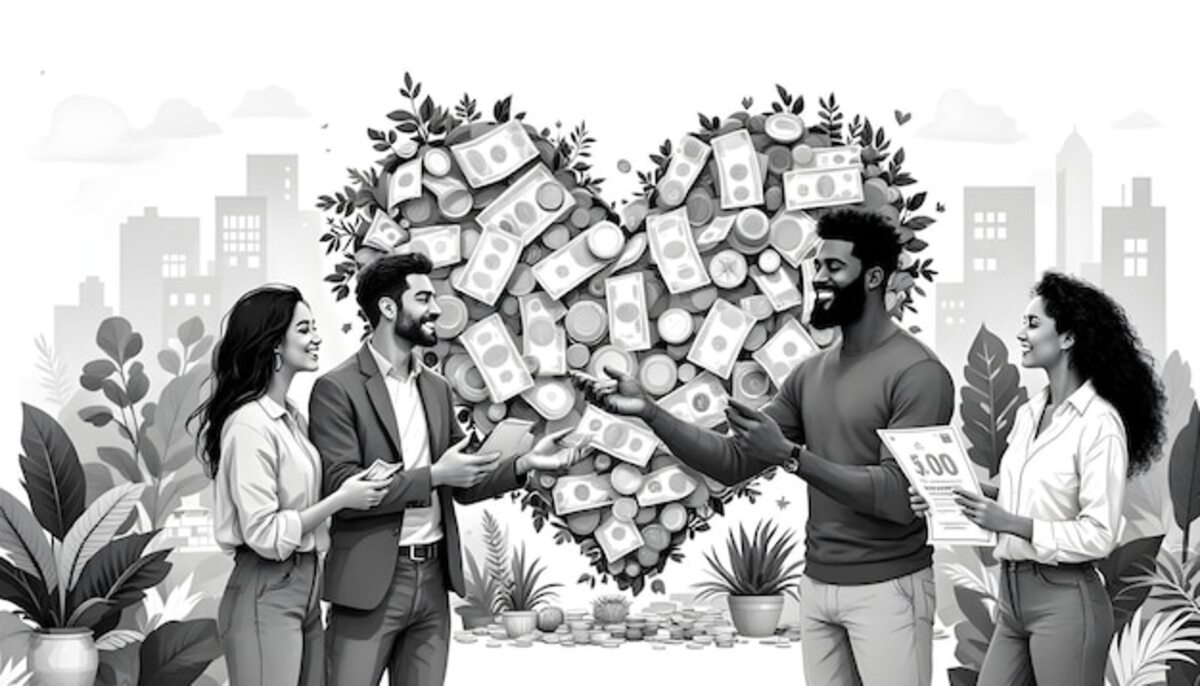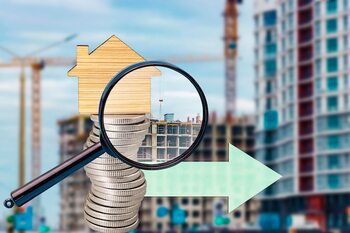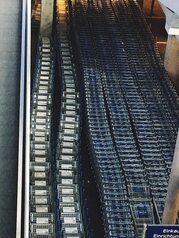Redefining Value: How Culture Enhances Your Investment

Redefining the value of a property is more than just numbers; it is about understanding how culture enriches the experience of living in a specific place. In Costa Rica, the magic of our cultural heritage and the vibrant community directly influence the appreciation and appeal of the best areas. This article will take you on a journey to discover how investing in locations with a strong cultural component can not only increase your investment but also provide you with an unparalleled lifestyle.
1. Culture as an Economic Engine: Impact on the Real Estate Market
Culture acts as a powerful economic engine, capable of transforming not only the perception of a place but also its value in the real estate market. In Costa Rica, for example, communities that celebrate their traditions and artistic expressions attract both residents and tourists, which in turn stimulates the demand for properties in those areas. The presence of cultural festivals, art galleries, and community events not only beautifies the environment but also reinforces the sense of belonging and connection among the inhabitants. This cultural dynamism can translate into increased value for nearby properties.
Moreover, the development of cultural tourism becomes a key factor for real estate investors. Areas that offer a rich cultural heritage often see an increase in the influx of visitors interested in learning about local history and indigenous customs. This creates opportunities for vacation rentals and tourism-related businesses, which ensures a steady flow of income for property owners. By investing in areas where culture is palpable and valued, not only is the appreciation of the property secured, but an enriched lifestyle is also fostered, benefiting both the owner and the surrounding community.
2. Cultural Areas: Identifying the Best Opportunities
In the heart of Costa Rica, cultural areas emerge as true treasures for those seeking to invest in properties. Places where tradition intertwines with modernity not only offer an attractive environment but are also hubs of social and artistic activity. Vibrant communities, festivals, art galleries, and diverse gastronomy are elements that enrich daily life and generate a sense of belonging. By identifying these areas, investors have the opportunity to acquire properties that not only promise economic appreciation but also celebrate the cultural richness of the country.
In addition to the direct economic benefits, living in a culturally rich area significantly enhances the quality of life. Interaction with diverse communities fosters continuous learning and appreciation for local traditions. This emotional connection transforms a property into a home where every corner tells a story. Therefore, when evaluating investment opportunities in Costa Rica, it is essential to consider how these cultural zones can positively impact both monetary value and personal well-being; an investment that transcends the material and becomes an enriching experience.
3. Heritage and Surplus Value: Why Do They Matter?
The cultural heritage of a region not only defines its identity but also acts as a driver of economic and social growth. In Costa Rica, for example, the richness of its indigenous heritage, colonial architecture, and local traditions create a unique environment that attracts both residents and tourists. This cultural appeal translates into increased demand for properties in areas where these characteristics are prominent. When a community values and preserves its culture, a sense of belonging is generated that fosters social cohesion and raises interest in investing in those localities, which leads to a natural increase in property value.
The added value is not simply the result of the real estate market; it is intrinsically linked to the public perception of the place. Properties located in areas rich in culture often benefit from community events, artistic festivals, and vibrant public spaces that enrich daily life. These elements not only beautify the urban environment but also enhance the quality of life for residents, making living there more desirable. At the end of the day, investing in places where culture flourishes means securing your long-term assets and enjoying a lifestyle full of meaningful and inspiring experiences.
4. The Role of Tourism: Driving Value in Local Communities
Tourism plays a crucial role in the development of local communities, as it acts as an economic engine that generates jobs and promotes the preservation of culture. In places where traditions and customs are an essential part of the tourist appeal, investment in infrastructure and services increases, which in turn elevates the quality of life for residents. By supporting local businesses, from artisans to family-run restaurants, tourism fosters a virtuous circle where economic benefits reverberate throughout the community. This synergy between tourism and culture not only improves the local economy but also nurtures a sense of belonging and pride among its inhabitants.
Moreover, the drive for cultural tourism allows investors to recognize the potential value of properties located in areas rich in history and tradition. Properties situated near cultural sites have a constant demand not only from tourists but also from those seeking a lifestyle enriched by authentic experiences. This holistic approach to urban development can lead to a significant increase in real estate appreciation. Thus, by investing in areas with a strong cultural component, one ensures not only financial profitability but also a deep connection with the environment and its roots.
5. Creative Communities: Profitable and Sustainable Investments
Creative communities are the soul of a culturally enriching investment. By choosing locations that foster artistic expression and collaborative work, investors not only benefit from a vibrant environment but also support an ecosystem that promotes innovation and sustainability. These areas often attract professionals and entrepreneurs seeking a dynamic lifestyle, which translates into a higher demand for housing and, consequently, an increase in real estate value. Investing in these communities means betting on a future where culture and creativity are fundamental pillars for economic development.
Moreover, creative communities tend to generate a strong sense of belonging among their residents. This social bond not only enhances the quality of life but also creates an appealing narrative for those looking to settle in places where culture is an integral part of daily life. Cultural activities such as festivals, exhibitions, or local markets not only enhance the area's appeal but also generate direct and indirect economic opportunities. Therefore, when considering investments in these areas, property owners are actively participating in the construction of sustainable and prosperous environments that value both their cultural heritage and their economic potential.
6. Cultural Events: An Attraction for Investors and Residents
Cultural events are a fundamental pillar in the life of many communities, and their impact goes beyond collective enjoyment. By attracting visitors and tourists, these events boost the local economy and increase interest in nearby properties. From music festivals to art fairs, each event provides an opportunity for investors to see the growth potential in areas where culture thrives. Investing in places with a vibrant calendar of cultural activities not only ensures a financial return but also fosters a deep connection with the community.
Furthermore, cultural events create a sense of belonging and social cohesion among residents, contributing to a higher quality of life. For those looking to settle down or invest in a new home, this dynamic environment can be decisive. The interactions that arise during these gatherings enrich neighborhood relationships and generate a welcoming atmosphere that attracts new residents. Thus, one is not only investing in a property; one is betting on a culturally enriched lifestyle that promises not only financial stability but also personal well-being.
7. Art and Urban Design: Transforming Spaces into Valuable Assets
Art and urban design are key elements in the transformation of spaces that, in turn, elevate property value. In many cities, beautification and revitalization initiatives have shown that the incorporation of murals, sculptures, and green areas not only improves the aesthetics of the environment but also fosters a sense of community. This type of artistic intervention attracts both residents and visitors, creating an atmosphere that promotes social and cultural interaction. Thus, properties located in areas with a strong artistic presence tend to experience an increase in their value due to the added appeal they offer.
Furthermore, urban design considered from a cultural perspective can boost the local economy. Well-designed public spaces invite cultural events and community activities that enrich the daily lives of residents. These spaces not only serve as meeting points but also promote local commerce by attracting people interested in exploring what each neighborhood has to offer. By considering real estate investment in areas where art and urban design are present and actively promoted, buyers are betting on places with significant potential to increase their value while enjoying a dynamic and inspiring lifestyle.
8. Education and Culture: How They Attract New Families and Investors
Education and culture are fundamental pillars that attract new families and investors in any community. In Costa Rica, the availability of quality educational institutions, from schools to universities, plays a crucial role in property purchasing decisions. Young families seek environments where their children can access a comprehensive and multicultural education, which increases the demand for areas close to these institutions. In turn, this raises property values in those areas, creating a virtuous cycle where investment in educational infrastructure translates into greater appreciation.
On the other hand, the cultural richness of a place is an undeniable attraction for those seeking not only a home but also an enriching way of life. Local festivals, artistic activities, and community events foster a sense of belonging and connection among residents. Investing in areas with a strong cultural identity not only economically benefits property owners by increasing the value of the property; it also offers them access to unique experiences that enhance their quality of life. Thus, both families and investors find in these communities not only a place to live or invest but a true home filled with cultural and educational possibilities.
9. Innovative Urban Projects: The Fusion between Culture and Development
Innovative urban projects are transforming the landscape of many cities, and Costa Rica is no exception. The fusion between culture and development is manifested in initiatives that integrate public spaces with artistic, historical, and community elements. These developments not only aim to meet housing needs but also promote a sense of belonging and cultural pride among residents. When considering an investment in these areas, buyers not only acquire a property but also become part of a dynamic community that celebrates its identity through art and history.
Additionally, these projects often encourage the creation of cultural entertainment zones, such as galleries, theaters, and artisan markets, attracting both locals and tourists. This multidimensional approach generates a positive cycle: more visitors contribute to the local economy, which in turn raises the value of surrounding properties. In this context, investing in areas where culture plays a central role is not only a smart financial move; it is an opportunity to actively participate in the social and cultural enrichment of the community, thus ensuring an enriched lifestyle that goes beyond the material.
10. Success Testimonials: Stories of Investors Who Bet on Culture
Success stories of investors who have bet on culture are a powerful testament to how cultural heritage not only enriches everyday life but can also be an effective strategy for increasing the value of their investments. Many owners in Costa Rica have discovered that by choosing properties in areas with a rich cultural and artistic tradition, their investment has grown significantly. For example, some have acquired real estate in traditional towns where local festivities and crafts are an integral part of daily life, which not only attracts tourists but also families looking for an environment full of history and authenticity. These choices not only benefit investors financially but also foster a sense of community and belonging.
Another notable case is that of investors who have driven cultural projects in emerging neighborhoods. By integrating artistic and cultural spaces into their developments, they have managed to transform previously marginalized areas into vibrant and desirable places to live. These conscious entrepreneurs not only see culture as an economic asset but also as a way to revitalize entire communities. As more people are drawn to these culturally enriched environments, property values naturally increase, creating a virtuous circle where investment in culture translates into sustainable economic growth and social well-being.



